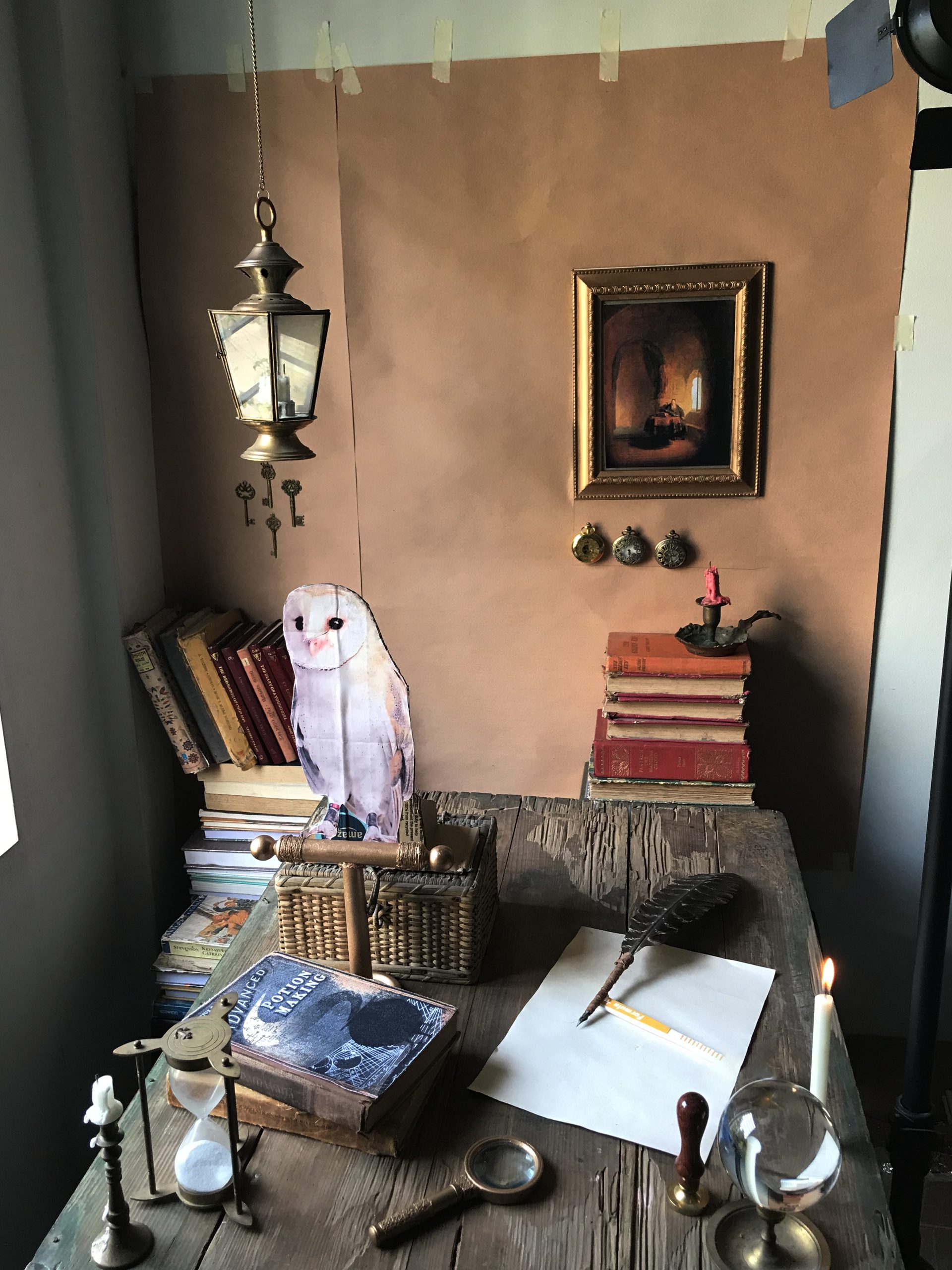There’s something about the magic of a cinemagraph. It could be the juxtaposition of still versus moving elements, or even the subject matter of the cinemagraph itself. But after chatting with fine art photographer Ashraful Arefin, we found that the real magic lies within the process.
In this interview, Ashraful talks inspiration, how to capture the perfect cinemagraph, and hidden meanings within his work:
What led you to become a photographer and what roles (creative or not) led you to where you are currently?
I was always interested in fine arts and wanted to be an artist from my childhood. I got my first camera back in 2012 when I was a second-year student of fine arts. The purpose was to take high-res images of my artworks. At the time, I was trying to be a better artist, but I was never satisfied with my work. I was so concerned with getting everything right and pursuing perfection that I became frustrated and bored. I took a break from my usual works and started to take photos. That really changed everything. Photography totally opened my eyes and heart and made me realize how beautiful the world and my surroundings are with all their imperfections. I realized that in order to create something beautiful, you don’t really need the most beautiful subject or places or expensive gear. You just need to change your perspective and look at things with a fresh mind, and that can turn even the most mundane object into something magical. This thought really inspired me, not just as a creative, but also as a human being finding happiness in the simple things in life.
How did you discover cinemagraphs?
The inspiration for my cinemagraphs came from the living paintings of Harry Potter. Later I saw some cinemagraphs on the web and got absolutely mesmerized by this new media. I searched for tutorials on YouTube and learned the basics and from there, I started experimenting with my own ideas.


What inspires your cinemagraph concepts?
I am a big fan of fantasy novels, fairy tales and Harry Potter movies so they work as great sources of inspiration for me. I try to find ways to add magical elements to everyday moments. I feel like cinemagraphs really allow me to be that crazy inner wizard.
Please explain your process in creating a cinemagraph.
I always start with a clear concept in my mind. I used to work spontaneously when I started creating cinemagraphs, but now it’s very elaborate and planned out. Usually I start by doing a sketch of the scene I am about to create. I try to sketch and write down every detail; the lighting, which part should move, the colors and any other details I can think of. This really helps me concentrate on what I want from the shoot and saves a lot of time. For cinemagraphs, it’s always a good idea to decide where there will be movement and where the image should stay still.
Once I am sure about what I want to create, I set up the props. A tripod is a must when creating cinemagraphs. The camera needs to stay completely stable. Once everything is settled, it doesn’t take much time to shoot. Most of the time I need about 30 seconds of video footage to create a cinemagraph.
Once I have my footage, I take it to Photoshop and create an endless loop by matching the first and last frame of the footage. Then I create a still frame from the footage and place it on top of the video as a layer and remove the parts where I want the motion to be visible. Finally, I finish it off with some color grading.


Do you ever create hidden meanings or messages within your work?
I try to! I tend to use old, used and broken objects in my images. They already have a history of their own. My inspiration has always been finding beauty in simple things and in their imperfections. I try to express that through the subjects I use. For example, I often use old, beat up miniature toy cars. For me, the rust and dents are symbols of strength and a journey in life.
If you could live in the world of one of your cinemagraphs, which one would you choose? Why?
Oh, how I wish I could live in one of those! I think the owl and levitating pen one, as I am obsessed with owls and would love to have one as a companion. Also, I wish I had magical powers like making objects levitate. Then I wouldn’t need to spend hours using software haha!
What is your most important artist tool? Is there something you can’t live without in your studio?
Well besides my camera and lens, the continuous LED lights I have been using are very handy and a great part of my studio. Since editing and post processing is a huge part of my workflow, I also can’t live without my Intuos pro. I do a lot of image compositing, especially for cinemagraphs. My Intuos pro makes it super easy to work with all those tiny, little details.
What advice would you give to someone starting out in your field?
I would say just like any other field, the first thing you need to have is passion and love for what you are doing. You need to follow your heart and create what you really love without thinking about anyone’s opinions. As for still life photography, learning about symbolism and building concepts is key because you are storytelling with inanimate objects. There are stories in everything, and every object has a connection with human emotion. Having a clear concept about what you’re doing and why you’re doing it is imperative when forming ideas.
To see more of Ashraful’s cinemagraphs, follow him on Instagram, Twitter and Facebook.
To visit Ashraful’s website, click here.



